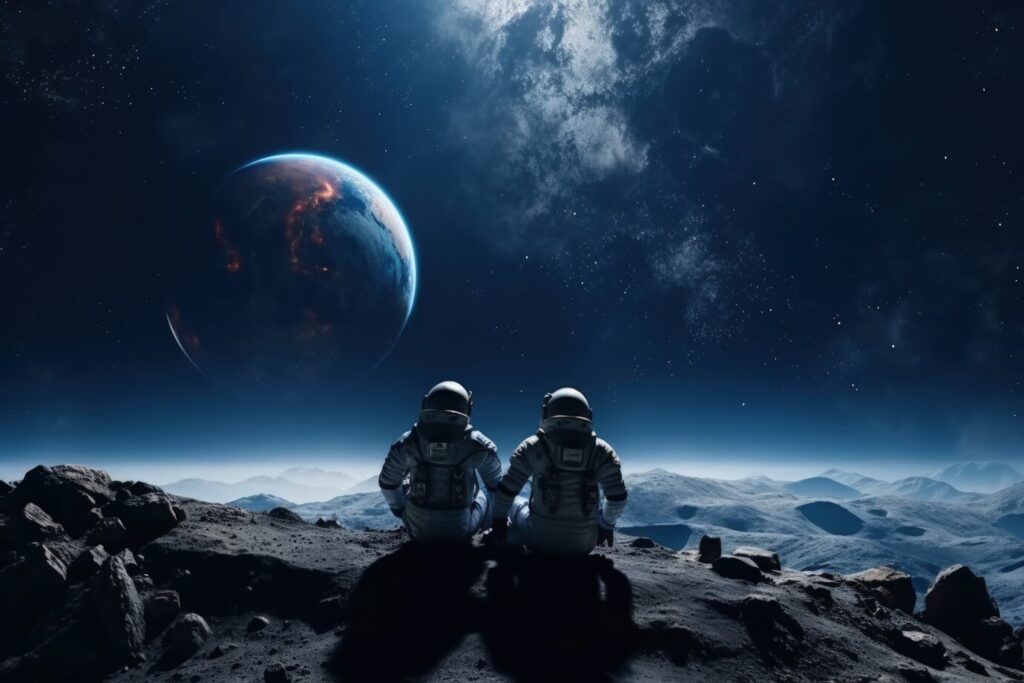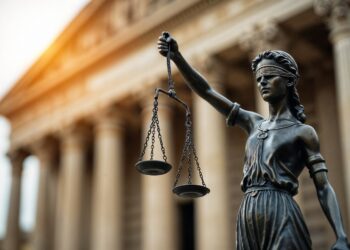After an unforeseen nine-month sojourn aboard the International Space Station (ISS), NASA astronauts Butch Wilmore and Suni Williams have returned to Earth. Their mission, initially slated for a brief duration, was extended due to technical anomalies, culminating in a safe splashdown facilitated by SpaceX’s Crew Dragon capsule.
The Mission’s Inception and Unexpected Extension
In June 2024, astronauts Wilmore and Williams embarked on a mission aboard Boeing’s Starliner spacecraft. The objective was to conduct an eight-day test flight, evaluating the spacecraft’s systems and performance in a real-space environment. Both seasoned astronauts and retired U.S. Navy test pilots, they were well-prepared for the mission’s demands.
However, shortly after docking with the ISS, the Starliner encountered propulsion system issues. These technical malfunctions rendered the spacecraft unsuitable for the return journey, prompting NASA to extend Wilmore and Williams’s stay on the space station indefinitely. This decision underscored NASA’s commitment to astronaut safety, opting to keep the crew in the controlled environment of the ISS while assessing alternative return strategies.
Life Aboard the International Space Station
During their extended tenure, Wilmore and Williams seamlessly integrated into the ISS crew, contributing to various scientific experiments and maintenance tasks. The ISS, orbiting approximately 409 kilometres above Earth, serves as a microgravity and space environment research laboratory. It has been continuously inhabited by international crews for nearly 25 years, symbolising global cooperation in space exploration.
Williams participated in two six-hour spacewalks, undertaking essential maintenance tasks outside the station. These extravehicular activities are critical for the upkeep and enhancement of the ISS’s operational capabilities. Both astronauts engaged in numerous scientific studies, ranging from biological experiments to technological demonstrations, thereby advancing our understanding of long-duration spaceflight’s effects on the human body and other scientific phenomena.
The Decision to Return via SpaceX’s Crew Dragon
As the Starliner’s technical issues persisted without a timely resolution, NASA explored alternative options for the astronauts’ safe return. Collaborating with SpaceX, NASA formulated a plan to bring Wilmore and Williams back to Earth aboard the Crew Dragon spacecraft. This decision highlighted the flexibility and resilience of NASA’s partnerships with commercial entities in ensuring crew safety and mission success.
The Crew Dragon, developed under NASA’s Commercial Crew Program, has been instrumental in ferrying astronauts to and from the ISS. Its proven track record and reliability made it the optimal choice for this unplanned crew return scenario.
The Return Journey and Splashdown
On 18 March 2025, the Crew Dragon capsule, carrying Wilmore, Williams, fellow American astronaut Nick Hague, and Russian cosmonaut Aleksandr Gorbunov, undocked from the ISS. The spacecraft executed a series of manoeuvres to position itself for re-entry into Earth’s atmosphere. The descent was meticulously monitored by mission control, ensuring all systems functioned nominally.
As the capsule re-entered Earth’s atmosphere, it endured intense heat and aerodynamic forces. The spacecraft’s heat shield effectively protected the crew from the extreme temperatures. Subsequently, the deployment of parachutes slowed the capsule’s descent, leading to a gentle splashdown off the coast of Florida at 8:57 AEDT.
Upon landing, the crew was greeted by recovery teams who swiftly secured the capsule and assisted the astronauts. Notably, a pod of dolphins surrounded the splashdown site, offering a unique and heartening welcome back to Earth.
Post-Landing Procedures and Astronaut Health
Following standard protocol, the astronauts were extracted from the capsule and underwent initial medical evaluations aboard the recovery vessel. These assessments are crucial to determine the crew’s immediate health status after prolonged exposure to microgravity. Common physiological effects of extended spaceflight include muscle atrophy, bone density loss, and fluid redistribution.
The crew was then transported to NASA’s Johnson Space Center in Houston for comprehensive medical examinations and debriefings. These procedures aim to monitor the astronauts’ readjustment to Earth’s gravity and gather data to inform future long-duration missions.

Public and Political Reactions
The extended mission attracted significant public attention and political discourse. Former President Donald Trump and entrepreneur Elon Musk criticised the prolonged stay, alleging administrative delays in orchestrating the astronauts’ return. They characterised the situation as the astronauts being “stranded” in space, using the narrative to challenge the current administration’s space policy decisions.
However, NASA officials consistently emphasised that the astronauts were never in danger and that the decision to extend their mission was based solely on safety considerations. The agency highlighted the importance of thorough evaluations and the readiness of alternative spacecraft before undertaking crew return operations.
Implications for Future Space Missions
The challenges encountered during this mission underscore the inherent complexities of human spaceflight. Technical anomalies, such as those experienced with the Starliner, necessitate robust contingency planning and the availability of reliable alternatives. This incident reinforces the value of NASA’s Commercial Crew Program, which fosters partnerships with multiple private companies to ensure diverse and redundant access to space.
The successful return of Wilmore and Williams via SpaceX’s Crew Dragon exemplifies the efficacy of these collaborations. It also highlights the need for continuous advancements in spacecraft technology and rigorous testing protocols to mitigate risks associated with space travel.
Astronaut Reflections and Future Endeavours
Upon return, both astronauts expressed gratitude for the support received from NASA, international partners, and the public. They acknowledged the unexpected nature of their extended mission but emphasised their commitment to contributing to the ISS’s scientific objectives.
Williams, in particular, looked forward to reuniting with her family and pets, noting the emotional challenges faced by loved ones during prolonged missions. Both astronauts will spend the coming weeks re-acclimating to Earth’s environment, participating in rehabilitation programs to counteract the effects of long-duration weightlessness.
Their experiences will provide valuable insights for future missions, especially as NASA and its partners prepare for longer voyages, including potential crewed missions to Mars. The data collected from their extended stay will inform strategies to maintain astronaut health and performance during deep space exploration.
Lastly
The safe return of astronauts Butch Wilmore and Suni Williams after an unplanned nine-month mission aboard the ISS stands as a testament to human resilience, international cooperation, and the adaptability of space exploration programs. Despite unforeseen challenges, the mission’s successful conclusion reinforces confidence in current protocols and the collaborative efforts that make such endeavours possible. As we look to the future, the lessons learned from this mission will undoubtedly shape the planning and execution of subsequent journeys beyond our planet.











